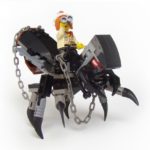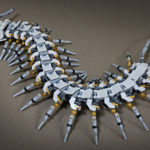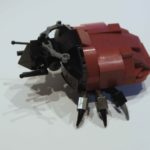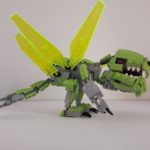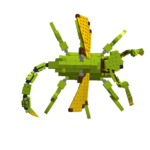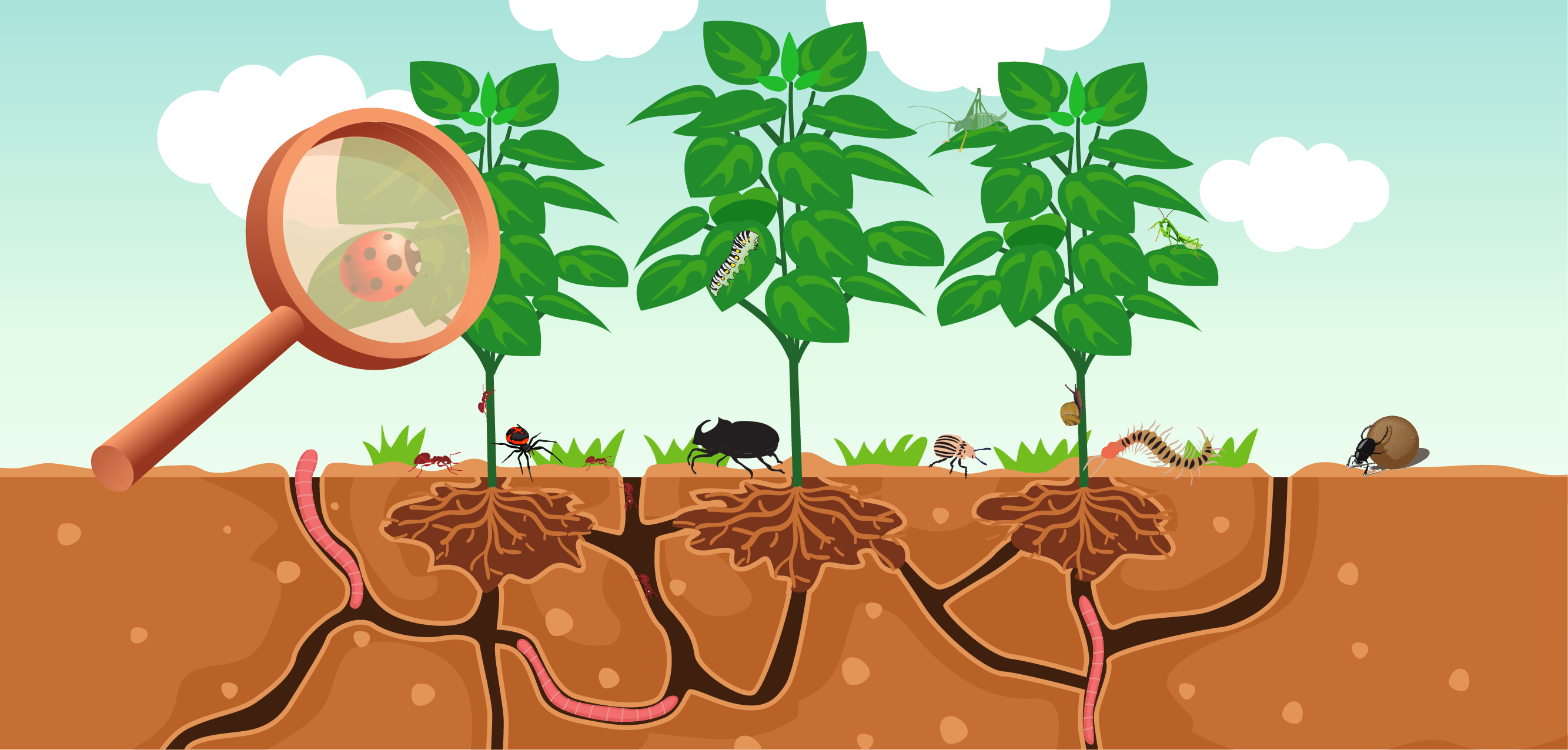
What’s that crawling around in the garden?
Sometimes we only realise how full of life our backyard is when we take a closer look at the little things. As well as plants, birds and mammals, we share our places with a huge number of tiny creepy crawlies, known as invertebrates.
Invertebrates are animals that do not have a backbone. They often have a hard skin or shell around their bodies to protect them. Invertebrates we might find in the backyard includes things like spiders and insects.
Yuk! But I don’t like insects and spiders!
Before you judge them all, you should know that we have both good and bad creepy crawlies in our backyards. Bad invertebrates are pests that cause problems for our plants, soils and buildings. Good invertebrates are beneficial and perform important functions such as:
- Pest control – eat pest insects like aphids and mites that harm our plants and soil.
- Recycling – break-down plant and animal material so the nutrients can be used by plants.
- Pollination – essential to plants reproduction and producing fruits.
Create the ultimate creepy crawly
When you look at the creepy crawlies (invertebrates) living in your backyard, one of the first things you notice is how they are all different to each other.
Insects and spiders have a whole range of shapes, sizes, limbs, antennas, stings, pincers and other features to help them catch their food, defend themselves and attack others. These are known as ‘adaptations’. They have evolved or adapted over time to develop special features that help them survive.
Draw your Ultimate Creepy Crawly on the ACTIVITY SHEET or on a separate piece of paper.
Special features could be: stings, pincers, claws, legs, disposable limbs, body casing, armour, strength, horns, wings, antenna, sensitive hairs (to detect trouble), eyes, teeth, mandibles, claws, ability to create webs, speed, body segments, venom, poison, size.
Things to think about when designing your Ultimate Creepy Crawly.
- Where in your backyard does your ultimate creepy crawly live (habitat)?
- Does it spend most of its time on the ground, in the air or on plants?
- What does it eat and how does it catch its prey?
- How is your ultimate creepy crawly good for your backyard environment?
Lego Masters Challenge!
Use your design to help you make a 3D Lego model of your Ultimate Creepy Crawly.
If you don’t have Lego you can also use Play-Doh, silly putty, clay, wood or any craft materials you can find around your house or in your backyard.
Inspiration direct from Lego
Send us a photo of your creation
With parent/guardian permission, submit a photo of your creation and it could be displayed on the website and the Hunter Local Land Services Facebook page.
